Levina
BANNED

- Joined
- Sep 16, 2013
- Messages
- 15,278
- Reaction score
- 59
- Country
- Location
Hunting a sniper!
It must be the after effect of watching American sniper that i decided to search more on snipers.
For most of us the word "sniper" evokes some unsettling imagery of a lone gunman, undetectable and on the hunt. These highly skilled marksmen 're often perceived as lone assassins racking up "confirmed kills", they 're definitely intelligent and become your worst nightmares when your enemy has one, because a sniper is a force multiplier, he kills your men without directly engaging with them.
What would would you do when your men 're constantly being hit by sniper shots?
Counter sniper tactics is the solution!
To begin with, its not easy to spot a sniper because snipers use camouflage, choose their firing positions carefully and often attack from long distances, and ergo they 're difficult to locate. Some countermeasures are not routine and require additional training emphasis. Successful counter-sniper measures present leaders with a challenge to maintain unit discipline. Units must not implement countermeasures halfheartedly,to do so invites casualties from snipers who can wait hours till the moment a unit's guard is down.
Lets look at the different options we 've:
2) Moving in shadows and remaining dispersed 're also techniques adopted by various military.
3) Based on his previous attack, gleaning knowledge about the sniper is important. Things like what is the type of rifle he uses, his time of operation (some take position during the day and shoot at dusk), does he move with local fighters etc?
You can rely on your HUMINT and SIGNIT to gather more info. A not so alert family member, slips on radio by a commander (of local fighters) etc can give a clue.
2)Aerial surveillance can also be used to spot a sniper, UAV's with their extended loiter time and video/night vision capability, can be used effectively.
3) Constant patrolling around the unit's position also helps. Sniper's usually prefer a range of 300-600m for their best shots, anythinh less than 300m would put the sniper at the disadvantage of being tracked easily by the firing signature.
If the sniper uses a fire suppressor to slow the bullet to subsonic speed, the acoustic signature of the bullet in flight is hard to detect.
2) A projected smoke can be used as a good response to protect a unit from further casualties if engaged by an enemy sniper. It greatly limits his ability to acquire targets.
Trivia:
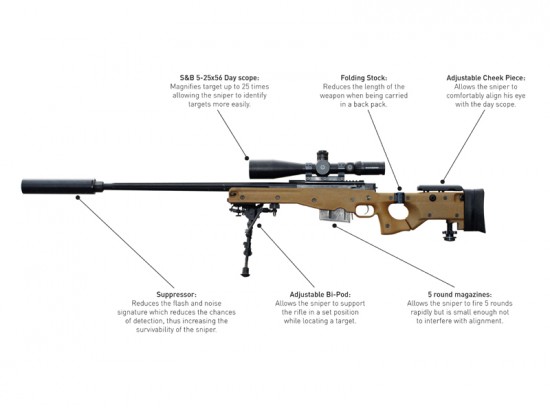
Now try this
Spot the sniper!
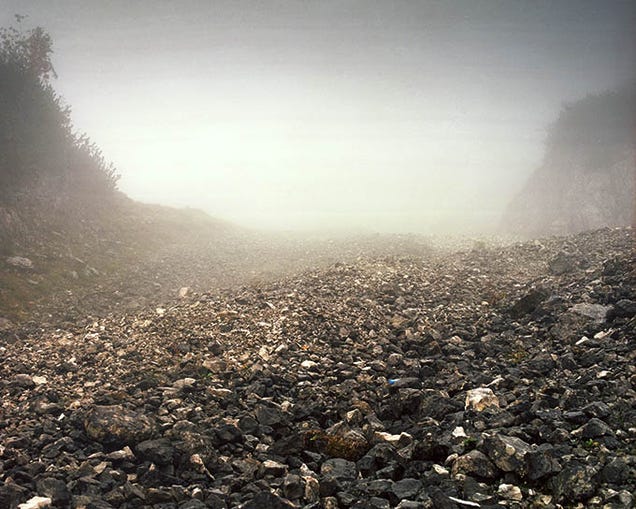
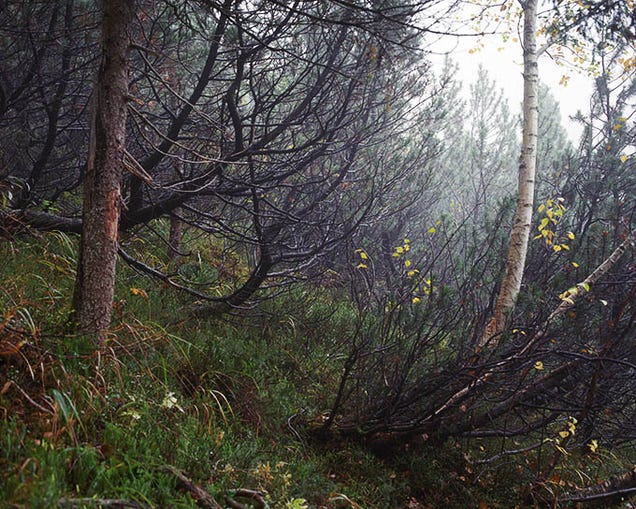
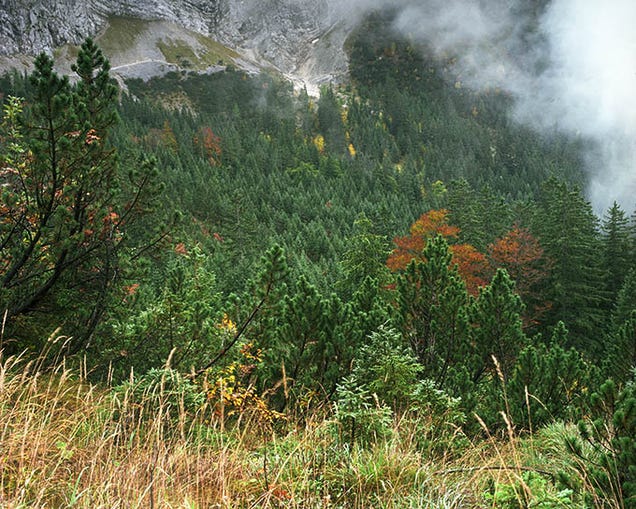
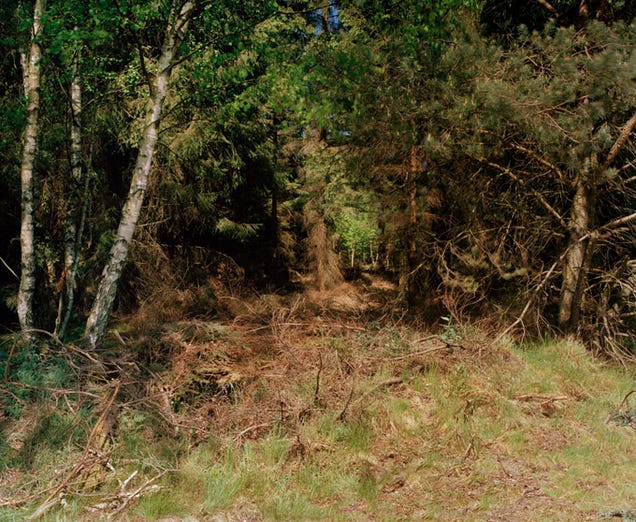
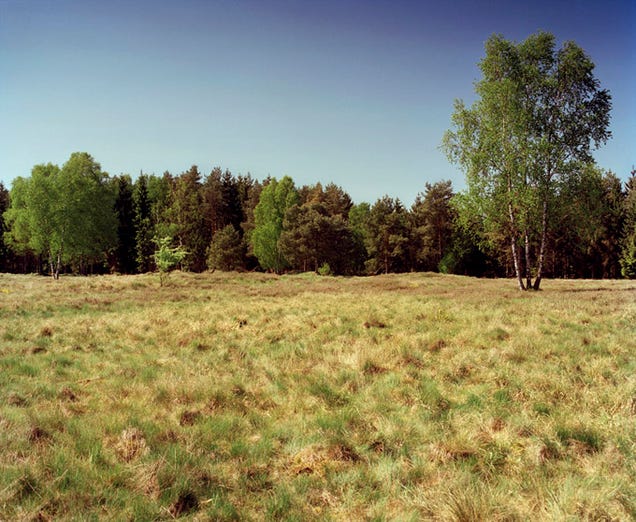
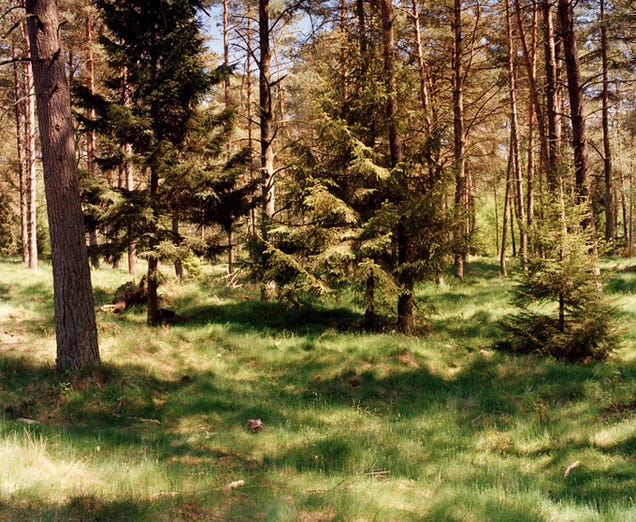
It must be the after effect of watching American sniper that i decided to search more on snipers.
For most of us the word "sniper" evokes some unsettling imagery of a lone gunman, undetectable and on the hunt. These highly skilled marksmen 're often perceived as lone assassins racking up "confirmed kills", they 're definitely intelligent and become your worst nightmares when your enemy has one, because a sniper is a force multiplier, he kills your men without directly engaging with them.
What would would you do when your men 're constantly being hit by sniper shots?
Counter sniper tactics is the solution!
To begin with, its not easy to spot a sniper because snipers use camouflage, choose their firing positions carefully and often attack from long distances, and ergo they 're difficult to locate. Some countermeasures are not routine and require additional training emphasis. Successful counter-sniper measures present leaders with a challenge to maintain unit discipline. Units must not implement countermeasures halfheartedly,to do so invites casualties from snipers who can wait hours till the moment a unit's guard is down.
Lets look at the different options we 've:
- Passive counter measures:
2) Moving in shadows and remaining dispersed 're also techniques adopted by various military.
3) Based on his previous attack, gleaning knowledge about the sniper is important. Things like what is the type of rifle he uses, his time of operation (some take position during the day and shoot at dusk), does he move with local fighters etc?
You can rely on your HUMINT and SIGNIT to gather more info. A not so alert family member, slips on radio by a commander (of local fighters) etc can give a clue.
- Active counter measure
2)Aerial surveillance can also be used to spot a sniper, UAV's with their extended loiter time and video/night vision capability, can be used effectively.
3) Constant patrolling around the unit's position also helps. Sniper's usually prefer a range of 300-600m for their best shots, anythinh less than 300m would put the sniper at the disadvantage of being tracked easily by the firing signature.
- After being shot
If the sniper uses a fire suppressor to slow the bullet to subsonic speed, the acoustic signature of the bullet in flight is hard to detect.
2) A projected smoke can be used as a good response to protect a unit from further casualties if engaged by an enemy sniper. It greatly limits his ability to acquire targets.
Trivia:
- Rob Furlong holds the record for the longest confirmed sniper kill in history at 1.51 miles which is 2430m That’s the length of about 26 football pitches.

- Most of the sniper rifle which feature in top 10 sniper rifles 're mostly of American and Birtish origin like M24 and L115A3 AWM

- Chris Kyle is supposed to have used .300 Win Mag for most of his "kills".
Now try this

Spot the sniper!






Last edited:

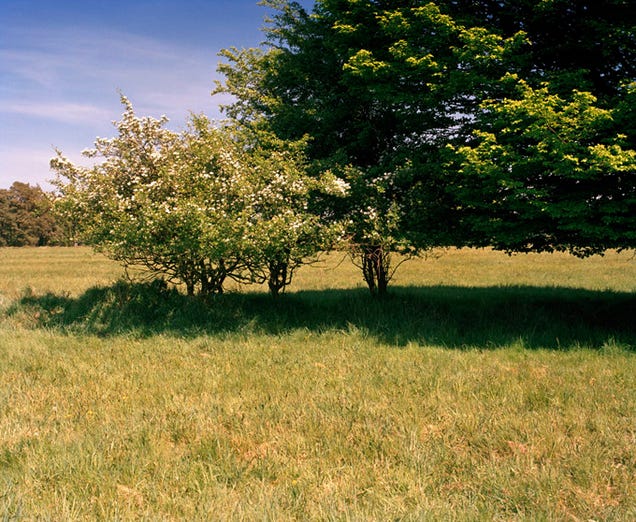
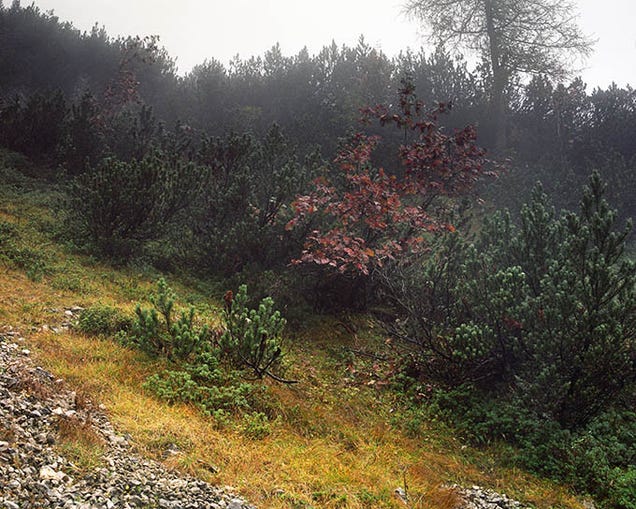



 .. required thermal imaging or infrared...
.. required thermal imaging or infrared...


